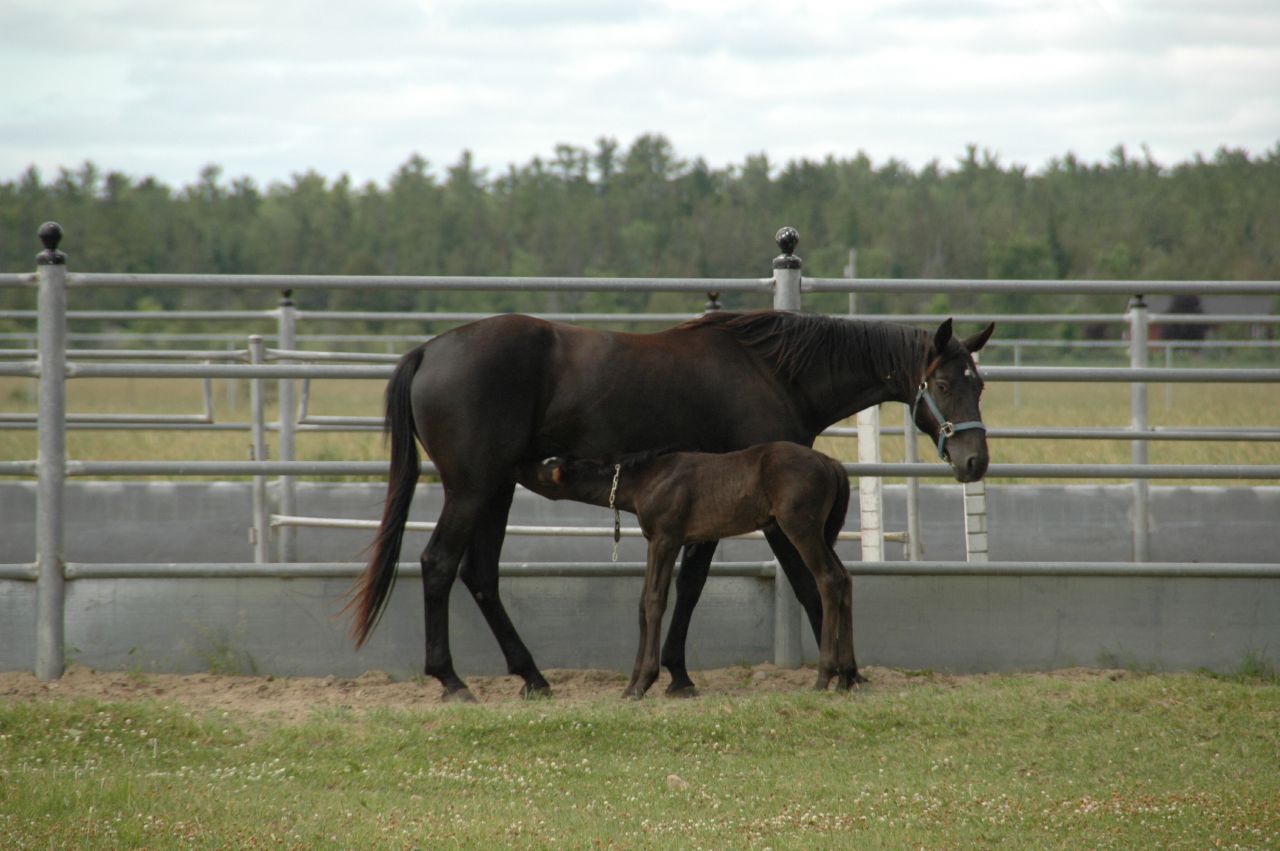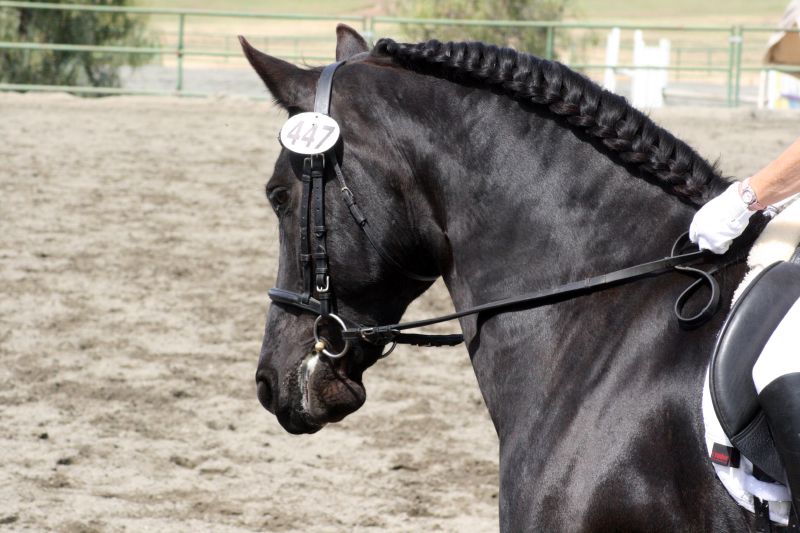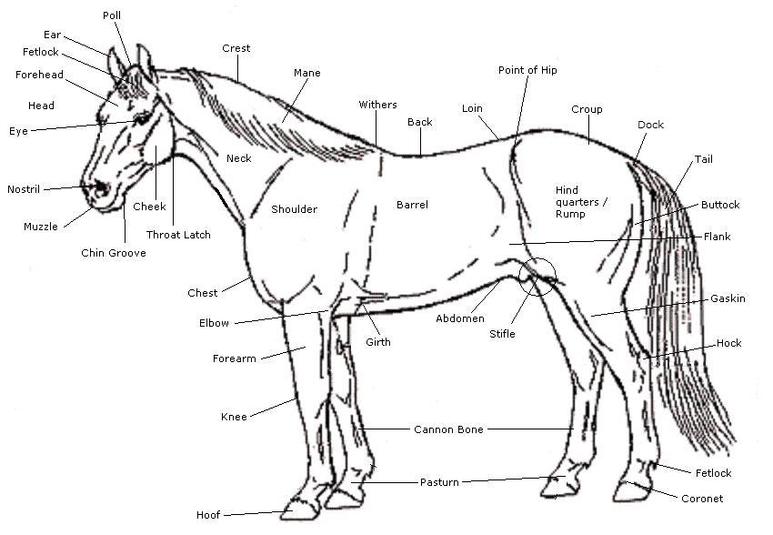Let's start with some terminology.
 |
| photo by Nikki |
This is an adult horse with her foal. A foal is a generic term for a baby horse. A male foal is called a colt and a female foal is called a filly.
A female adult horse is called a mare. A male is a stallion unless they've been castrated, in which case they're a gelding. Gelding goes back a loooooong way in history, so it's certainly appropriate to use them in your game if you want to be that detailed. As a gross generality, horses are gelded so they'll be more manageable.
 |
| Guess which one's the pony. Photo by Erlene. |
Now that we've got that cleared up, I'll give you this lovely anatomy guide in case you really want to show off when you're screwing your players over: "Your horse stumbles and falls, depositing you in the mud. Once you've regained your feet, you see through the sheets of rain that his cannon bone is clearly broken, protruding through the skin."
Of course, if you're really mad at your players, tell them their horse has colic and may not make it. (Did you know horses can't throw up? Crazy, huh?)
Anyway, that diagram:
 |
| photo by Jean |
This is a modern bridle (the round white thing is a competition number, added to a bridle at a competition.) There are many varieties, but I'll just give you some basics. The things you hold and steer with are called reins. You can hold them all in one hand or divided amongst two hands. They are attached (usually) to a piece of metal in the horse's mouth called a bit.
 |
| photo by photos.com |
Here's a modern jumping-style saddle. Again, much variation comes into play depending on style and time period, but the basics stay the same. There's stirrups for your feet to go into (of important note here, stirrups were developed for mounted combat to make it possible to stay astride your horse as you whacked someone with a weapon), a girth to keep your saddle on the horse, and somewhere to sit your booty. The metal things here are the stirrups and the strap around the belly is the girth. Damage the stirrups, your ride check just went from easy to moderate. Cut the girth, your ride check just went from easy to difficult. Some saddles have a thing across the horse's chest that helps the saddle stay in place, called variously a breastplate, breastcollar, or occasionally breastgirth. This piece of equipment would help out a bit in the occasion of girth failure, but not a lot.
There's some basic info for you guys, I hope it helps you seem vastly superior in your equine knowledge. If you have any questions or requests for anything, leave a comment. I'll be doing a few more of these, covering gaits (different ways horses travel), colors, and some types of horses.



No comments:
Post a Comment